Basic knowledge post on several types of soil commonly used in growing flowers, come and learn about them!
A very important part of flower cultivation is soil. Flower lovers often hear experts talking about some professional medium terms, which may seem too advanced and they really don’t know what they are! Let’s do some popular science and introduce some of the soils we commonly use.
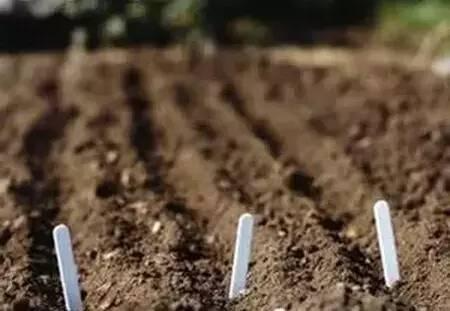
One is garden soil. This is the most commonly used soil. Garden soil, also known as vegetable garden soil or farmland soil, is soil that has been repeatedly cultivated. It has high fertility. The surface sandy soil that has been planted with vegetables or legumes is the best. The disadvantage is that it is easy to compact and has poor air permeability and water permeability, so it cannot be used alone.
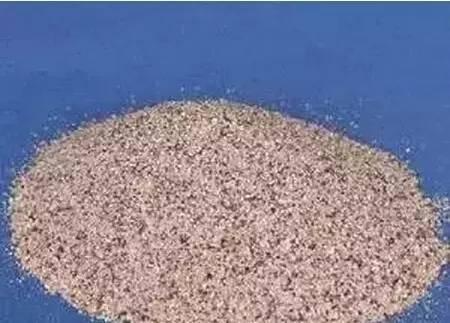
The second is river sand. It is also a kind of soil commonly used by flower lovers. River sand is produced by repeated collision and friction under the force of water for a long time. It is a non-metallic ore with a relatively complex composition, a relatively smooth surface, and is relatively clean.
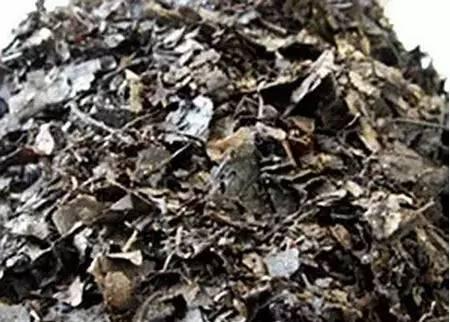
The third is leaf humus. It is a main nutrient soil, light and loose, with good water permeability and ventilation, strong water and fertilizer retention capacity, rich in organic matter, humic acid and a small amount of vitamins, growth hormones and trace elements, etc. It will not harden after long-term application and is easily absorbed by plants. Mixing with other soils can improve the soil and increase soil fertility.
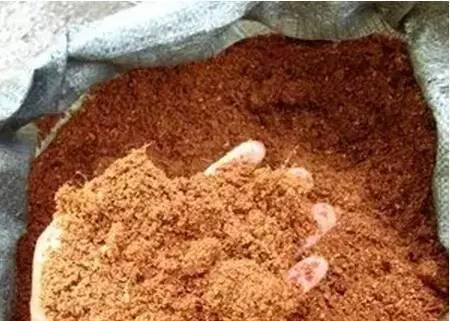
The fourth is coconut bran. Coconut bran is a powder made from coconut shells. The processed coconut bran is very suitable for growing plants and is currently a popular gardening medium.
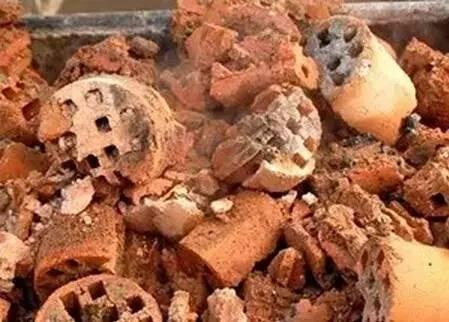
The fifth is coal slag. This is also a commonly used soil. When used together with other soils, it can increase the air permeability of the soil. Since coal slag contains some chemical elements, it should be soaked for a short time before use to reduce the content of chemical elements.
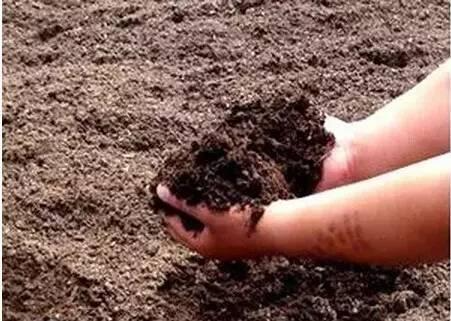
Sixth, peat soil. Peat is the most primitive state of coal, a type of coal with the lowest degree of coalification, sterile, non-toxic, pollution-free, good ventilation, light weight, water-retaining and fertilizer-retaining, conducive to microbial activity, enhancing biological performance, rich in nutrients, and is both a cultivation substrate and a good soil regulator. It contains high levels of organic matter, humic acid and nutrients.
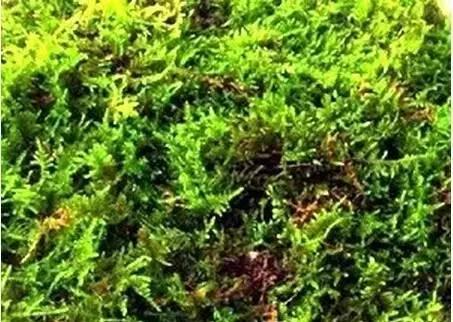
The seventh is sphagnum moss. It is a pure natural product, clean and free of germs, with good water retention and drainage performance, not easy to corrupt, and can be used alone or mixed with other soils.
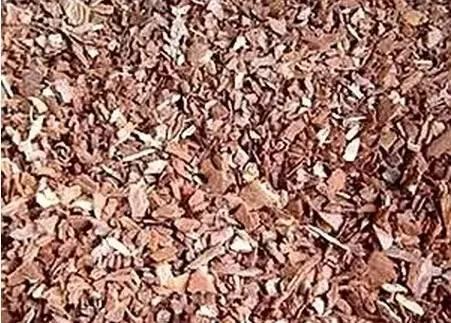
The eighth is pine scales. It is a kind of substrate made from the fermented dry bark on the surface of pine trees. It retains water, is breathable, and is not prone to insects. It is a good substrate for cultivating orchids.
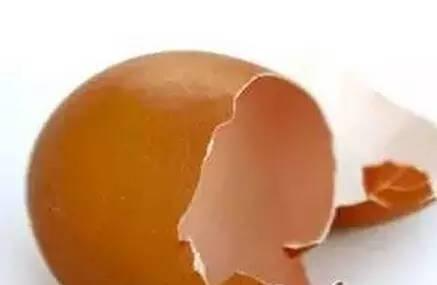
The ninth is eggshell. Wash and crush the eggshell to make eggshell powder, which can be used as a substrate for growing succulents. It is breathable and moisture-proof. But it should not be too much, as it is easy to clump.
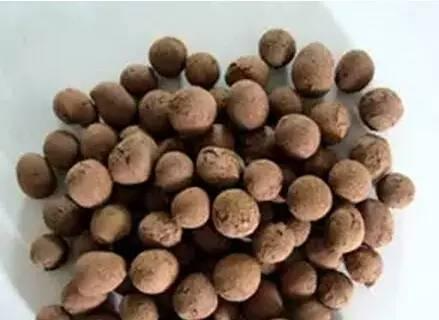
Tenth is ceramsite. The shell of ceramsite is ceramic or glazed, which has the function of water-proofing and air-retaining. When cultivating plants, it is usually placed at the bottom of the pot to play the role of water permeability and air permeability.
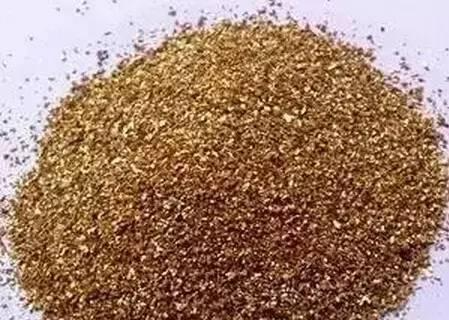
Eleventh is vermiculite. Vermiculite is a natural, non-toxic mineral that expands under high temperature. It has good water retention, so it can be used as a medium for cuttings, or mixed with other soils.
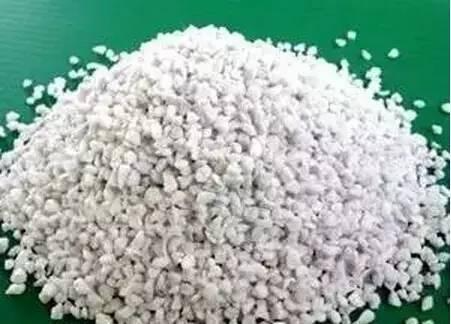
Twelve is perlite. Perlite is an acidic lava formed by rapid cooling after a volcanic eruption. It is named because of its pearly crack structure and is generally used together with other soils.
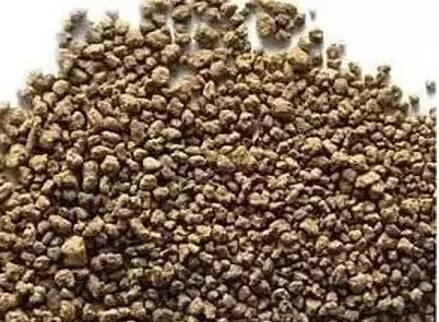
Thirteenth is Akadama soil. It is formed by the accumulation of volcanic ash. It is a highly permeable volcanic mud, slightly acidic, free of harmful bacteria, and conducive to water storage and drainage. It is a widely used soil medium, and the ratio of mixing with other soils is generally 30% to 50%.
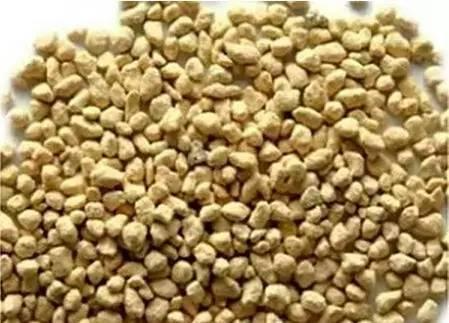
Fourteenth is Kanuma soil. It is a rare substance produced in volcanic areas. It is acidic and has high permeability, water storage capacity and air permeability. This soil is mainly used for bonsai, orchids, alpine flowers, etc.
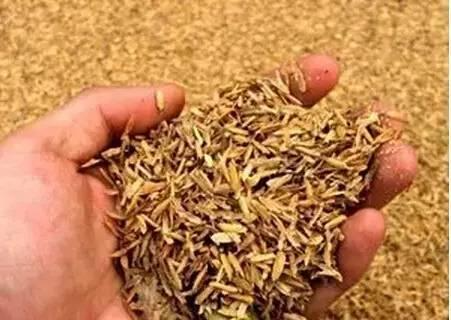
Fifteenth is rice husk. It can increase heat absorption, raise ground and water temperatures, promote plant growth and reduce cold damage. It is loose and porous, with good air permeability, which can increase the oxygen supply to the roots. It can improve acidic soil and reduce fertilizer loss.

Sixteenth is volcanic rock. Volcanic rock is a porous stone formed after a volcanic eruption. It is very precious and can promote plant growth, increase soil permeability, and prevent root rot.